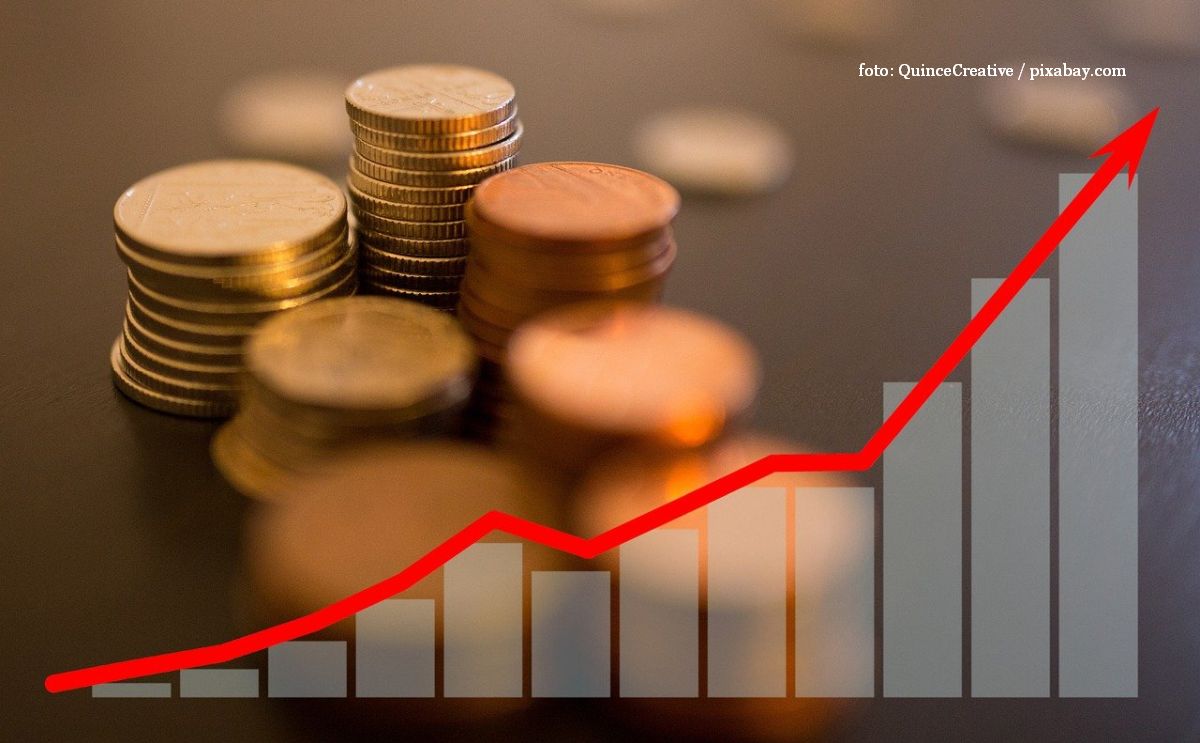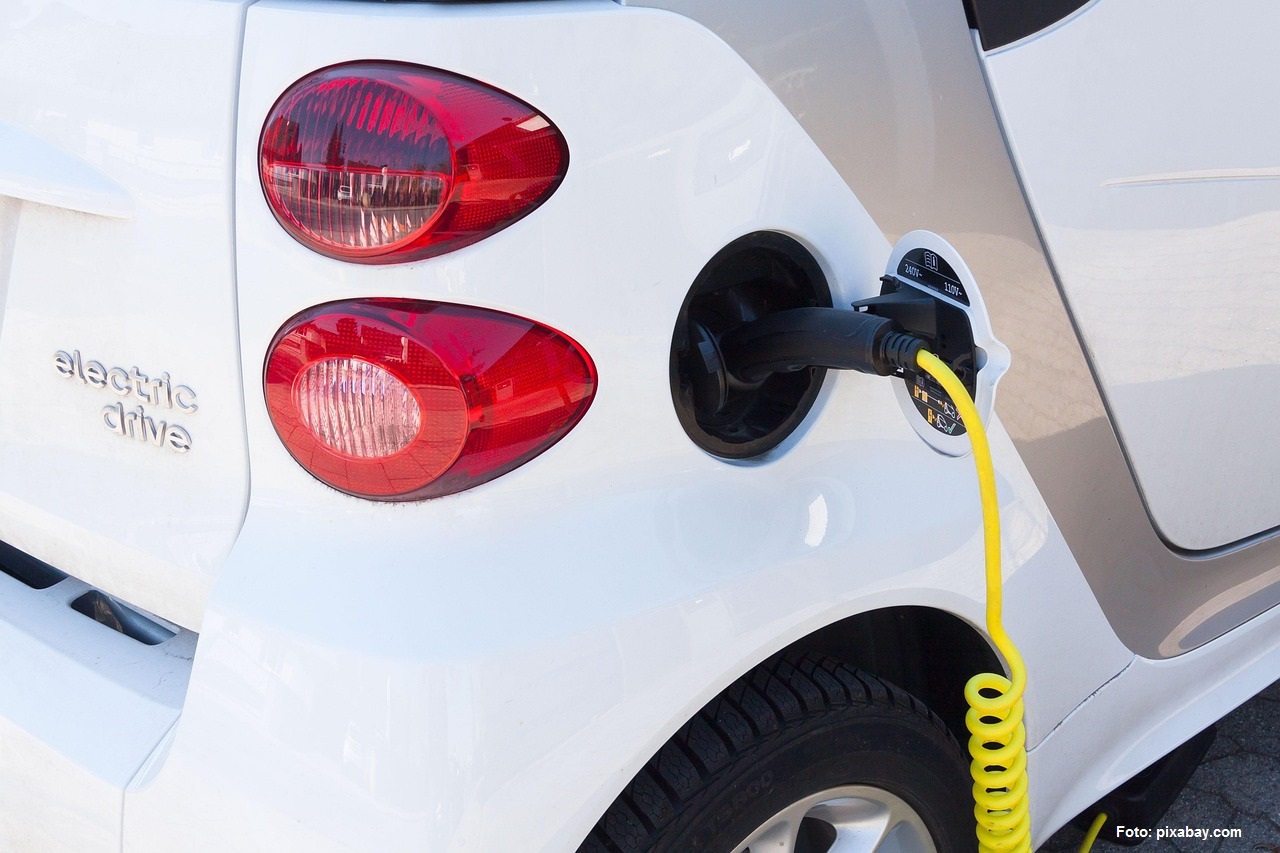Romania’s trade deficit
Romania’s trade deficit deepened in the first 4 months of the year

Daniela Budu, 11.06.2024, 13:50
In the first 4 months of this year, Romania’s trade deficit (imports minus exports) was over EUR 9.3 bln, that is, EUR 440 mln deeper than in the corresponding period of last year, the National Statistics Institute announced on Monday.
During this period, exports reached a rough EUR 31.3 bln, and imports exceeded EUR 40.6 bln. According to the National Statistics Institute, in the first 4 months of the year a big part of Romania’s imports and exports was accounted for by vehicles and transport equipment, as well as other manufactured products. Intra-EU trade accounted for approx. 73% of both imports, and exports.
In this context, analysts believe the trade deficit is, alongside the budget deficit, one of the major weaknesses of the national economy. On the one hand, the government spends more than it makes, and on the other hand exports are lower than imports. Experts say that after a period in which the trade deficit showed signs of improvement, the trend now is for it to resume its negative trend, which also puts pressure on the national currency’s exchange rate.
However, the same specialists argue, Romania’s foreign currency reserves should offset the trade deficit, which has stayed rather deep for several years, making the exports more competitive.
Just days ago, the National Statistics Institute announced that the country’s forex reserves had exceeded EUR 65 bln, as against roughly 62.5 bln at the end of April, which is an all-time high for an indicator that impacts directly on the stability of the exchange rate and, consequently, on price stability. This has positive effects both in terms of strengthening the confidence of financial markets and of investors in Romania, and in terms of supporting the exchange rate stability.
Analysts also point out that the rising trend in currency reserves has already been evident for a long time, and is a positive trend for Romania in the face of the highly volatile international situation and the uncertainty of the world’s financial markets as regards future developments. They also explain that a large chunk of the foreign currency reserves comes from European funds, which are exchanged into lei and used by the Finance Ministry to finance various investment projects.
As financial experts argue, international reserves work as a safety net against prospective disruptions. But, they also warn, the rise in foreign currency reserves may also have less favourable effects. Romania’s currency exchange rate stability, all the more remarkable in the last few years given the various disruptions in the markets, has its downsides as well. Specifically, with a national inflation rising steeply to 16%, but a currency exchange rate staying roughly the same, Romania’s exports are affected, as they are less competitive in terms of prices. (AMP)





























